





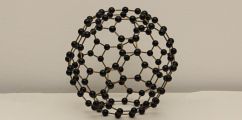
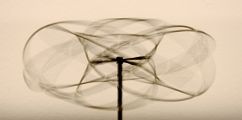
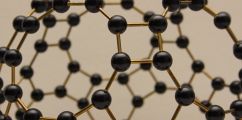

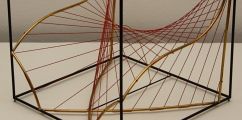
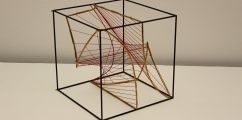
Wednesday, 25 October 2017
Oihana Garaialde Ocaña: Counting problems in cohomology algebras of finite p-groups
Finite p-groups form a wild family and providing a general classification is instrinsically hard. In fact, only very small p-groups have been fully classified (up to isomorphism). One of the first steps to classify finite p-groups was given by Philip Hall, introducing a stronger notion than that of the isomorphism: isoclinism.
Later, back in the 90's, finite p-groups were classified by their coclass. Recall that a finite p-group G of size \( p^n \) and nilpotency class m has coclass n-m. Leedham-Green and Shalev proved independently that every p-group has a normal subgroup of nilpotency class 2 with index depending only on p and its coclass.
In this talk, we shall merge two important invariants of finite p-groups: coclass and cohomology. As cohomology of groups is an algebraic invariant, given two finite p-groups G and H with a common “good” group property, their cohomology rings should not tell them apart. In this direction, we pose the following problem:
Given an infinite family of finite p-groups \( \lbrace G_i \rbrace \) with a common “good” group property, deduce that there are only finitely many isomorphism types of algebras in \(\lbrace H^*(G_i;\mathbb F_p) \rbrace \).
We shall start introducing the cohomology ring \(\lbrace H^*(G_i;\mathbb F_p) \rbrace \) of a finite p-group, where \(\mathbb F_p\) denotes the finite field of p elements and we also present some well-known examples of such rings. Later, based on the classifcation of Leedham-Green, we shall study the aferomentioned problem for fnite p-groups of fixed coclass. Are there more "good" group properties?


